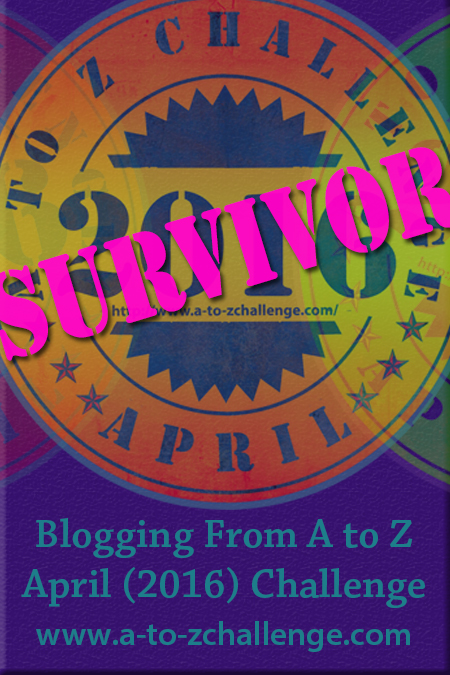The Central Coast
It’s all about location and Briggs Inlet has the
misfortune of being sandwiched between Roscoe Inlet (one of the most striking
along the Central Coast) and Spiller Channel (home to Ellerslie Lagoon and Falls), so it’s understandable that it gets overlooked
by most boats. But it shouldn’t. The scenery may not compare to its
neighbours, but it’s beautiful in its own right: It’s narrow and intimate with rolling,
tree-covered mountains and steep granite walls that embrace you and make you feel
right at home.
But it does come with a couple of obstacles.
Starting with the First Narrows Cambria around. Travelling with the current, it wasn’t an
issue but we made sure to time our arrival the following day near slack tide.
 |
| The head of Emily Bay. |
Just north of the first narrows lies Emily Bay
At the head of the bay, there’s a primitive trail
that passes through a fish hatchery run by the Heiltsuk Nation out of Bella
Bella. Some changes have taken place
over the last few years and the conditions that were described in the Douglass
cruising guide, “Exploring the North Coast of British Columbia” have been
improved. The trail is still on the
undeveloped side and difficult to follow at times, but new boardwalks and
bridges have been installed and accessing the trail is straightforward. It rises about 30 metres (100 feet) in
elevation over the span of a quarter mile or so and leads to the head of Emily Lake
 |
| Walking up to the hatcheries cabin . . . |
 |
| . . . over a bridge and small waterfall . . . |
 |
| . . . and up to the trail that leads to Emily Lake. |
 |
| Emily Lake is pretty but not very inviting. |
North of Emily Bay, the inlet continues to Briggs
Lagoon and the second narrows. But we
weren’t interested in taking Cambria through a poorly charted entrance that Douglass
describes as a set of rapids and tight, so that ended our exploration of Briggs
Inlet . . . by boat. We did, however,
make it to the lagoon from a trail located at the head of Boukind Bay
 |
| Briggs Lagoon. |
Waypoints of Interest:
52°23.519 N, 128°00.692 W (Anchorage
52°27.786 N, 127°56.257 W (Anchorage
Things to Do:
Take
a hike to Emily Bay
Take
a hike to Briggs Lagoon (Roscoe Inlet).
Disclaimer: This blog article is not to be used for
navigation. It is solely an account of
our personal experience and anchor locations in Briggs Inlet during settled
weather conditions. What worked for us
at one particular time is no guarantee or indication that it will work for
others. There are no services in the
immediate area and any boat that enters should be self-sufficient.










0 comments